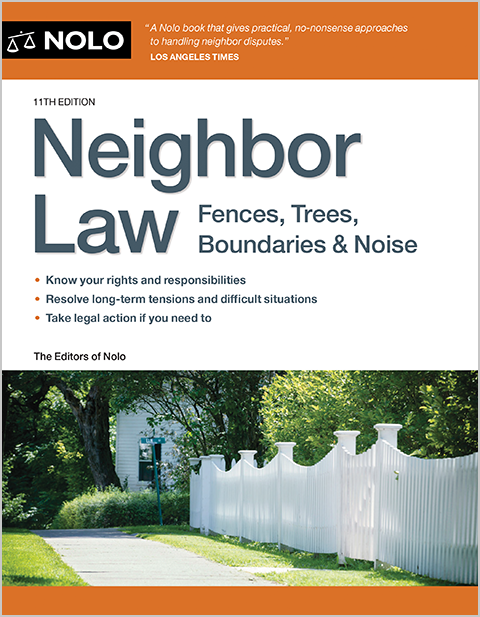If the new fence that your neighbor proposes isn't a repair, you aren't legally obligated to pay for it.
A frequent source of neighbor disputes is when one neighbor wants to replace an entire fence, including portions straddling their two properties, and share the expense; while the other neighbor has no interest in the project. The latter neighbor might have a perfectly reasonable justification. Perhaps the fence doesn't even need repair. It might be that the neighbor wanting the change has a new aesthetic vision for the garden, or wants to have all three sides of their fence match. How can this be resolved?
What the Law Says About Repairs and Costs for Shared Fences
A fence on a property line is legally known as a "boundary fence," when used by both owners. Both neighbors are normally responsible for keeping the fence in good repair. However, that does not mean having to pay up every time one owner wants to swap the fence for a different style. But knowing that the law is on your side in a case where repairs aren't necessary is only the first step.
Negotiating With Your Neighbor About the Fence Plans
You will likely need to initiate a conversation. Your initial leverage is that there is no requirement that you contribute financially to pay whatever share your neighbor is proposing or demanding, given that this is not a repair situation.
You need not take a hostile tone, at least to begin. You might say something like, "I would be glad to contribute a one-third share. But since I would like all three sides of my fence to match, and your plans will mean they no longer do, let's try to find a style that will work for both of us."
This makes it clear that you're not unreasonable or unwilling to contribute, but you're also not a pushover. You have no intention of having a non-matching fence, and paying for the privilege!
Get Your HOA Involved, If You Live in a Planned Community
Also consider getting in touch with your neighborhood or homeowners' association (HOA), if you live in a planned community that is governed by one. Many neighborhood associations, particularly in small suburban communities, have regulations regarding the design of common elements like fences. Their aim is to maintain an aesthetic uniformity from house to house, so that a chain-link fence isn't followed by a white picket fence and then followed by a post-and-rail wooden fence.
Perhaps your neighborhood association has a number of styles from which you and your neighbor can pick.
Building Two Fences Back to Back Can Be a Last Resort
If the above approaches do not work, your fallback option is to refuse to pay anything, and then add a new panel on your own property that matches your initial two, such that there would be two fence panels between your home and your neighbor's. This is not uncommon in suburban areas. But it is also highly inefficient, and will cost both of you more than simply agreeing on a fence design. It is in both of your interests to find an aesthetic that you agree on, and share part of the cost.
Talk to a Lawyer
Need a lawyer? Start here.
How it Works
- Briefly tell us about your case
- Provide your contact information
- Choose attorneys to contact you
- Briefly tell us about your case
- Provide your contact information
- Choose attorneys to contact you


